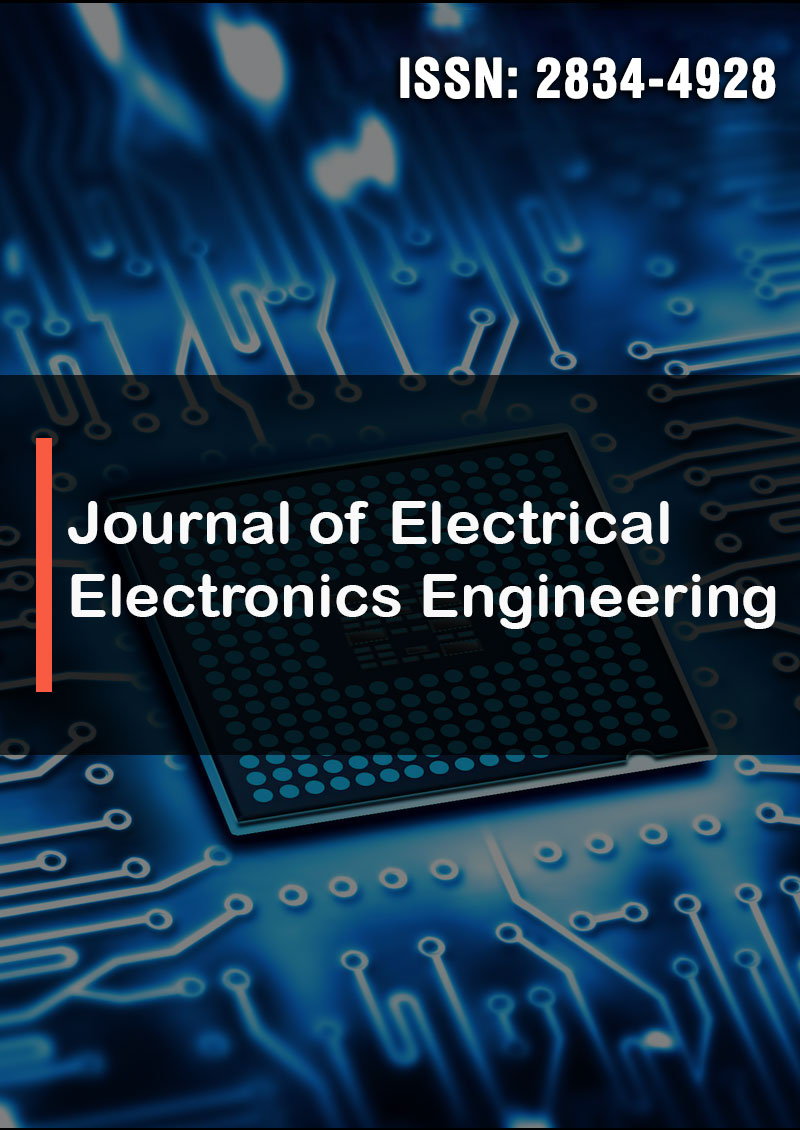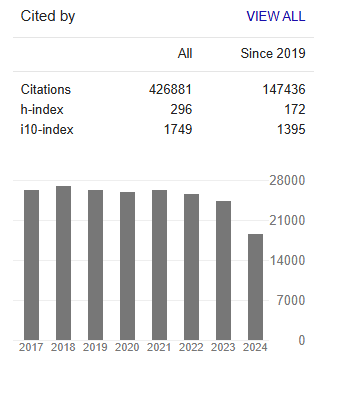Enhancing the Potential of Smart Building for Hospital Pulau Pinang: A Case Study in Malaysia
Abstract
Mohd Faisal Bin Baharuddin, Lim Chin Haw, Ahmad Fazlizan
Hospital Pulau Pinang and the concession company are bound in the concession agreement to achieve energy savings of 10% within five years and other sustainability targets such as 3-star Energy Management Gold Standard and Green Building Certification. The requirements are beneficial for the hospital itself to establish the Smart Building Program to improve its energy efficiency concurrent with the green policy of the Ministry of Health Malaysia and Sustainable Development Goals by the United Nations.
This paper reviews the background of Hospital Pulau Pinang energy data, energy consumption trending, energy-saving trending, and energy conservation measures taken for the hospital from 2015 to December 2021.The yearly energy con- sumption baseline taken in 2016 was 27,496,731.00 kWh. It reduced significantly to 21,356,063 kWh in 2021 due to energy conservation measures. As a result, Hospital Pulau Pinang has achieved energy-saving about 16% at approximately RM7.3 million reduction in operational expenditure. The main objective of this case study is to provide further potential energy savings by studying the energy reduction by implementing solar photovoltaics using the simulation method. The simulation method can predict that Hospital Pulau Pinang can achieve another 5,130,000 kWh energy savings annually. This type of simulation has never been done before at a public hospital, and it will give further enhancing strategies to the Smart Building Program itself.
Furthermore, the potential of smart building can be maximized to the next level by simulation, which helps the hospital en- ergy committee make the potential decision on the energy-saving investment.




